Showing 17–32 of 110 results
-
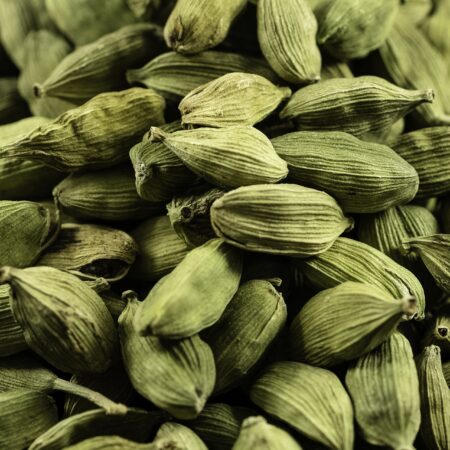
Cardamom
Cardamom is a highly aromatic spice derived from the seeds of plants belonging to the genera Elettaria and Amomum. Cardamom has a complex flavour profile that includes citrus, mint, and herbal notes. It adds depth and warmth to dishes. Cardamom is a versatile spice used in a variety of culinary applications. It is a key ingredient in many spice blends, such as garam masala, and is commonly used in desserts, beverages (like chai tea), curries, and rice dishes.
-
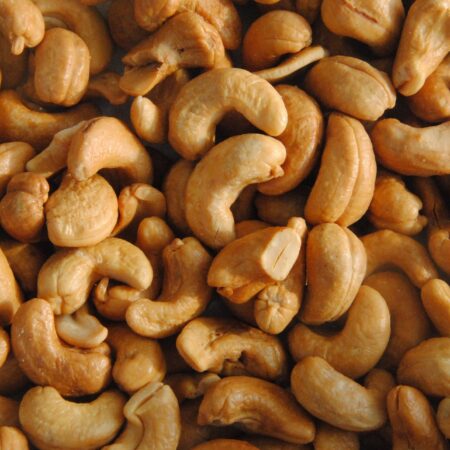
Cashew Kaju
Cashews, commonly known as “Kaju” in many South Asian countries, are seeds that originate from the cashew tree (Anacardium occidentale). Cashews are native to northeastern Brazil but are now grown in various tropical regions worldwide. Despite being commonly referred to as nuts, cashews are technically seeds. The cashew nut is the kidney-shaped part attached to the cashew apple. Cashews have a rich, buttery flavour and a creamy texture. They can be enjoyed roasted, raw, or as part of processed products like cashew butter.
-
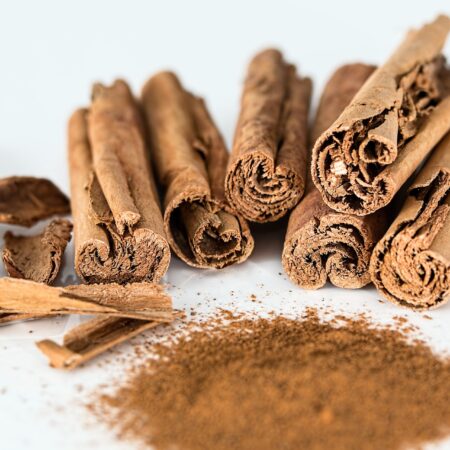
Cassia Broken(Cinnamon)
“Cassia Broken” is a term that may refer to pieces or fragments of Cassia cinnamon, a type of cinnamon derived from the bark of the Cinnamomum cassia tree. Cassia cinnamon is a variety of cinnamon that is commonly used in cooking. It has a strong, sweet, and slightly spicy flavour and is distinguishable from Ceylon cinnamon by its thicker and coarser barkCassia cinnamon typically comes in rolled sticks, but the term “Cassia Broken” suggests that the cinnamon may be in broken or fragmented form, rather than in whole sticks.
-
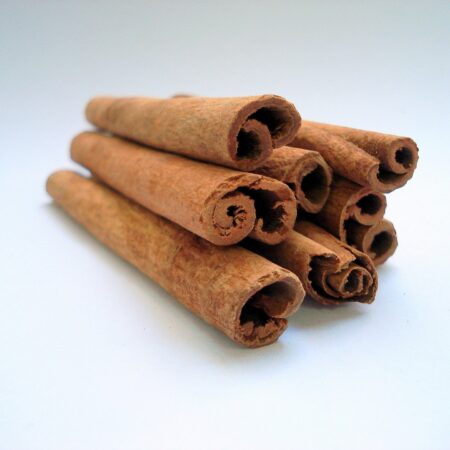
Cassia(Cinnamon)
Cassia, commonly referred to as Cassia cinnamon, is a type of cinnamon derived from the bark of the Cinnamomum cassia tree. Cassia cinnamon comes from the Cinnamomum cassia tree, primarily cultivated in China, Indonesia, and Vietnam. It is one of the main varieties of cinnamon. Cassia cinnamon has a strong, sweet, and slightly spicy flavour, distinct from the milder and sweeter Ceylon cinnamon. The bark of Cassia cinnamon is thicker and coarser compared to Ceylon cinnamon. It typically forms tight curls when rolled and has a reddish-brown colour.
-
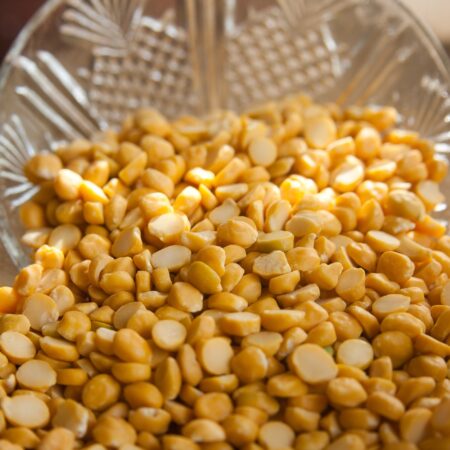
Chana
“Chana” refers to chickpeas, which are legumes belonging to the Fabaceae family. Chickpeas are widely cultivated and consumed around the world as a nutrient-dense food, rich in protein, dietary fibre, vitamins (such as B vitamins), and minerals (including iron, magnesium, and zinc). It is a valuable plant-based protein source. Chickpeas are a versatile ingredient used in a variety of dishes. They are a key component in popular recipes like hummus, chana masala, falafel, and salads.
-
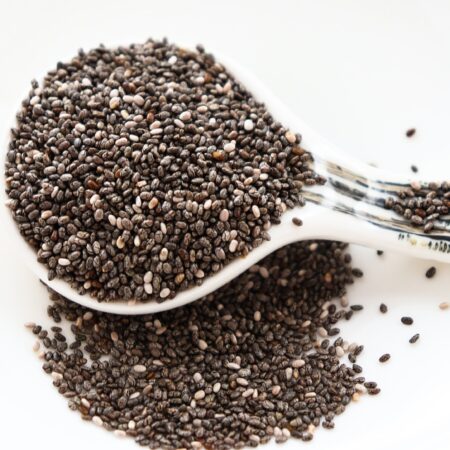
Chia Seeds
Chia seeds are small, nutrient-dense seeds derived from the Salvia hispanica plant. Chia seeds are a nutritional powerhouse, containing omega-3 fatty acids, fibre, protein, antioxidants, vitamins (especially B vitamins), and minerals (including calcium, phosphorus, and magnesium). Chia seeds can absorb many times their weight in water, forming a gel-like consistency. This unique property helps keep you hydrated and promotes a feeling of fullness. Chia seeds are one of the richest plant-based sources of alpha-linolenic acid (ALA), a type of omega-3 fatty acid. These fatty acids are essential for heart health and cognitive function.
-
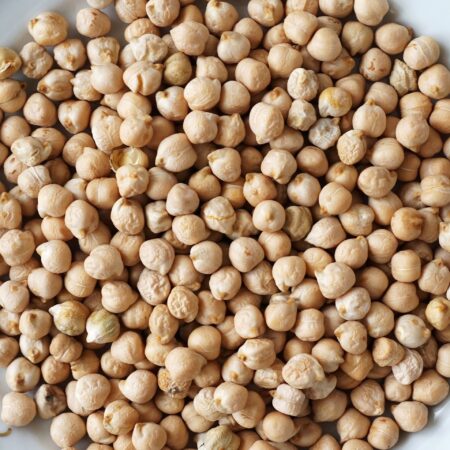
Chickpea Seeds
Chickpeas, also known as garbanzo beans, are edible seeds belonging to the legume family. Chickpeas are one of the oldest cultivated legumes and are widely used in various cuisines around the world. Chickpeas are a good source of plant-based protein, dietary fibre, vitamins (especially B vitamins), and minerals (including iron, phosphorus, and magnesium). The high fibre content in chickpeas supports digestive health, regulates blood sugar levels, and helps with weight management.
-
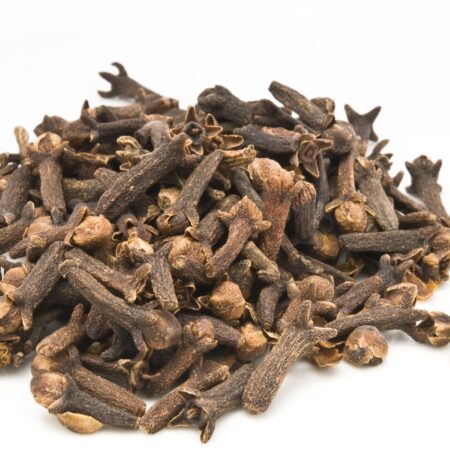
Cloves
Cloves are aromatic flower buds derived from the Syzygium aromaticum tree, native to the Maluku Islands in Indonesia.Cloves have a strong, warm, and sweet flavor with a hint of bitterness. They are one of the most aromatic spices.Cloves are small, dark brown, and nail-shaped buds. They are often used whole or ground in culinary applications.
-
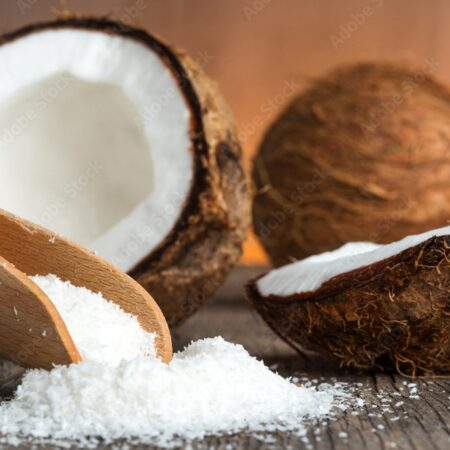
Coconut Powder
Coconut powder is a versatile ingredient made from the dried, ground flesh of mature coconuts. Coconut powder is produced by drying and grinding the white, inner flesh of mature coconuts. The resulting powder retains the natural flavour and aroma of coconut. Coconut powder is finely ground, resulting in a powdery and soft texture. It is distinct from desiccated coconut, which has a coarser texture. Coconut powder imparts a rich and intense coconut flavour to dishes. It has a sweet and nutty taste, enhancing both sweet and savoury recipes.
-
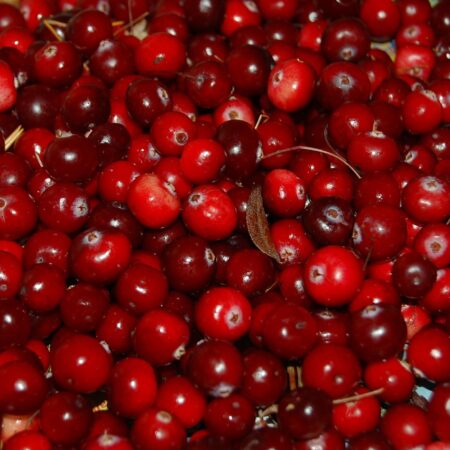
Cran berry
Cranberries are small, tart berries that belong to the Vaccinium genus. Cranberries are the fruit of evergreen shrubs in the Vaccinium genus, primarily Vaccinium macrocarpon, native to North America. Cranberries have a tart and slightly bitter taste, which makes them suitable for a variety of culinary applications. Cranberries are rich in vitamin C, dietary fibre, and antioxidants. They are known for their potential health benefits, including supporting urinary tract health. Cranberries have become a versatile ingredient in both sweet and savoury dishes, and their tartness adds a unique flavour to various culinary creations. Whether enjoyed fresh, dried or in juice form, cranberries are a popular and flavorful addition to many recipes.
-
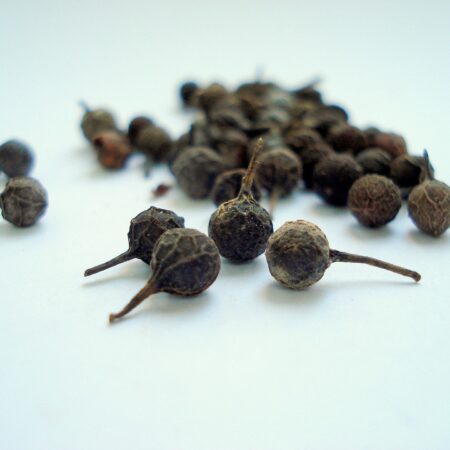
Cubebs
Cubebs, also known as Java pepper or tailed pepper, are the dried berries of the plant Piper cubeba. Cubebs come from the Piper cubeba plant, a climbing vine native to Java and other parts of Southeast Asia. Cubebs are small, dark brown berries with a distinctive “tail” or stem attached, resembling a tiny spiked ball. Cubebs have a unique flavour that is peppery, pungent, and slightly bitter. They are often described as having a more complex taste than regular black pepper.
-
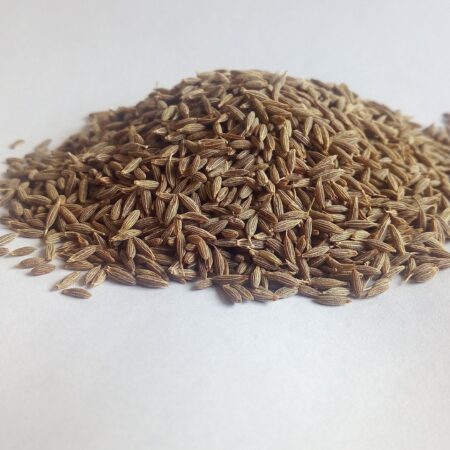
Cumin Seed Shah Jeera
Cumin Seed Shah Jeera” refers to a variety of cumin seeds often known as “Shahi Jeera” or “Black Cumin Seeds.”Shahi Jeera, or Black Cumin Seeds, comes from the plant Bunium persicum, a member of the Apiaceae family. Shahi Jeera has a unique, earthy, and slightly sweet flavour, different from regular cumin seeds (Cuminum cyminum). It adds depth and richness to dishes. Shahi Jeera is commonly used in Indian and Middle Eastern cuisines. It is a key ingredient in spice blends, rice dishes, stews, and curries, providing a distinct and aromatic flavour. The seeds are small, elongated, and dark brown, similar in appearance to regular cumin seeds but darker.
-
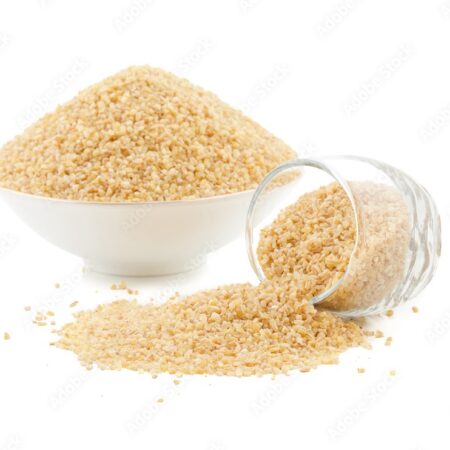
Daliya
Daliya, also known as cracked wheat or bulgur, is a type of wheat product that is made by milling whole wheat grains coarsely. Daliya is made by breaking or crushing whole wheat into smaller pieces, creating a coarse texture. It has a granular and slightly chewy texture after cooking. The size of the granules can vary, and there are different grades of Daliya available. Daliya is a versatile ingredient used in various savoury and sweet dishes. It is often used as a base for porridge, upma, pilaf, and desserts.
-
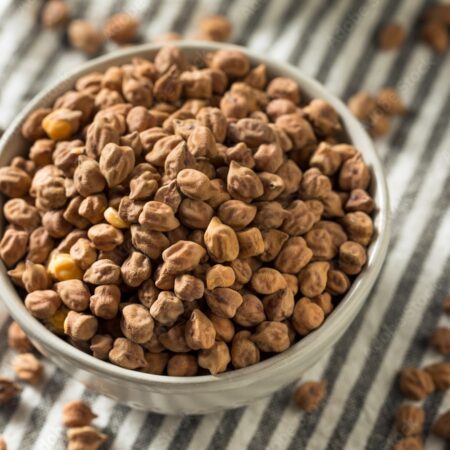
Desi Chick Peas
Desi Chickpeas, also known as Bengal Gram or Kala Chana, is a variety of chickpeas that differ from the Kabuli chickpea variety. Desi Chickpeas are smaller, darker, and have a rougher coat compared to Kabuli chickpeas, which are larger, lighter in colour, and have a smoother coat.They are usually dark brown, black, or tan in colour, with variations depending on the specific type Chickpeas have a nuttier and earthier flavour compared to Kabuli chickpeas.
-
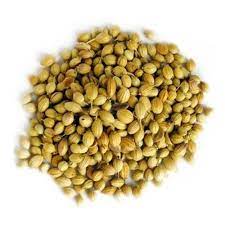
Dhana
“Dhana” is the Hindi term for coriander seeds. Dhana refers to the seeds of the coriander plant (Coriandrum sativum), which is a member of the parsley family. Coriander seeds have a citrusy, slightly sweet, and earthy flavour. They are different in taste from coriander leaves, also known as cilantro. Dhana is a versatile spice used in various cuisines worldwide. It is a common ingredient in spice blends, curries, soups, stews, and pickles. Additionally, coriander seeds are often roasted and ground to enhance their flavour.
-
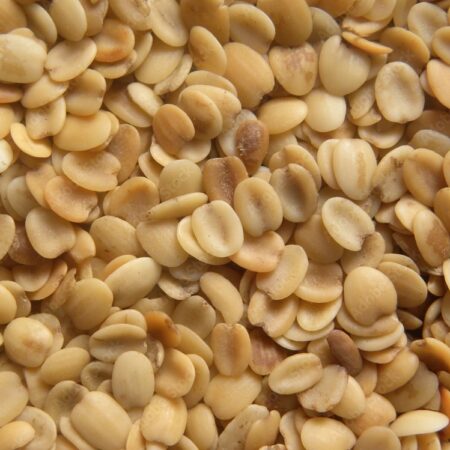
Dhana Dal
Dhania ka chawal or Dhana Dal is the core of the coriander seed. Once the outer shell is removed from the coriander seed it reveals a soft, fleshy inner core that is removed and used in making mukhwas or other recipes. Dhana dal is a very healthy ingredient & has a slight citrus & earthy flavour.

